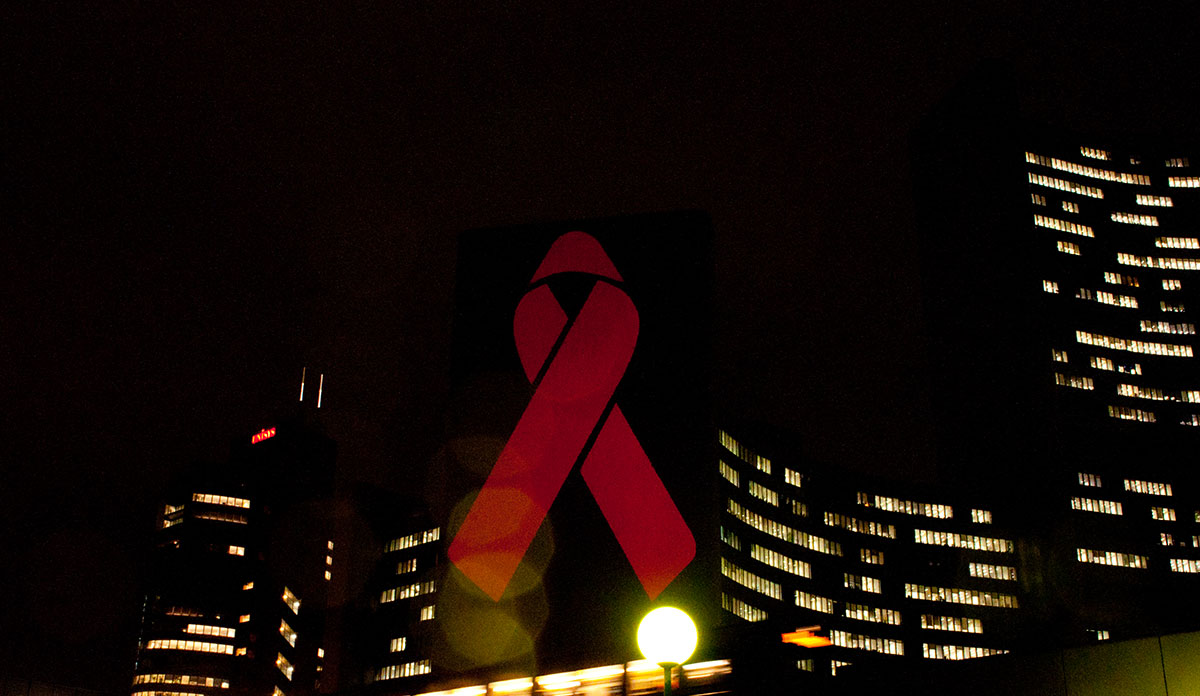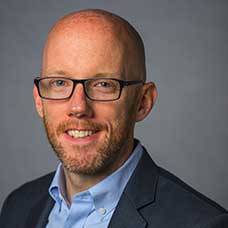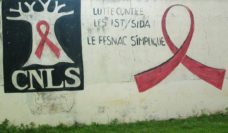In late 2014, the organizers of the International AIDS Conference (IAC), the world’s largest meeting on any global health topic, met with a small group of scientists, activists, and policymakers to begin assembling that meetings’ return to South Africa. The last IAC in South Africa was held fourteen years earlier at a very different time in the AIDS response.
In 2000, the IAC arrived in Durban accompanied by a train of anger and controversy. Nearly two decades into the global pandemic, there were only ad hoc efforts by world governments to address the explosion of HIV infections and deaths in the developing world. In South Africa, President Thabo Mbeki’s misinformed, anti-science public health policies created a blockade against life-saving HIV treatment. His administration’s misguided attempts to attribute the role inequality and poverty play in fueling the epidemic cost thousands of lives before the conference arrived (and, by some estimates, hundreds of thousands more before those policies were rescinded).
The advocates and researchers gathered at the 2000 AIDS Conference were outraged by what they perceived as indifference to catastrophe. The conference became a lens through which the world saw the stark inequality in fighting HIV. Public demonstrations and pleas for change dominated. Though it is hard to pinpoint one moment, Nelson Mandela’s personal, human appeal to delegates at the closing ceremony exemplified how the world shifted – from shock and inaction to moral responsibility and ownership. In the months following the conference, the world began building a massive public health infrastructure to stop AIDS. Today, it is the largest public health response to a global pandemic in history.
The debate in Johannesburg in 2014 was not about the scientific reality of ending AIDS or the mathematical models showing the within-arms-reach-of-target possibilities. All were in agreement that these are very real scenarios. The argument was about our inability to address two persistent challenges to the “end of AIDS” goal.
But for many in that meeting in Johannesburg in 2014, progress since AIDS 2000 felt mixed. A debate about the theme and direction of AIDS 2016 spiraled into a larger conversation about the separation between global advocacy and lived reality. The Conference’s South African hosts and partners made clear that language about “the end of AIDS” was unacceptable, an insult to the efforts involved in mounting the world’s largest AIDS response. The oversimplification of an enormous goal, some felt, was setting unrealistic expectations around how soon the world could move beyond AIDS (and setting up blame for not achieving it).
This was not simply a matter of semantics. For many years, the “end of AIDS” was a rallying cry for global advocates eager to summarize the rapid rate of scientific breakthrough in fighting AIDS and the tremendously successful effort to rapidly scale up HIV treatment. In as little as ten years, scientists discovered the power of voluntary medical male circumcision to reduce HIV infection, the role viral suppression plays in preventing HIV transmission, and the utility of some forms of HIV treatment as both a therapeutic and prophylactic intervention. The pace of discovery was so rapid and the promise so extreme that the Economist touted the possibility of ending AIDS on its front cover in June 2011.
The debate in Johannesburg in 2014 was not about the scientific reality of ending AIDS or the mathematical models showing the within-arms-reach-of-target possibilities. All were in agreement that these are very real scenarios. The argument was about our inability to address two persistent challenges to the “end of AIDS” goal .
The first is the significant lag between scientific discovery and on-the-ground implementation. Realizing the gains of new science has always been a gradual process, but that has felt particularly pronounced for HIV, as in the case of voluntary medical male circumcision. Similarly, it has been four years since the FDA approved Truvada as pre-exposure prophylaxis to reduce the risk of sexually-acquired HIV infection and yet only 20 countries have begun to implement it.
The second is the persistent role stigma, discrimination, and inequality play in fueling HIV transmission everywhere. Travel bans, HIV criminalization, marginalization of key populations, and gender inequality continue to determine vulnerability to HIV. HIV has always fed off of our discomfort talking about sex or respecting diversity, and it continues to do so .
Now, more than five months after the conference, it is easy to see how important the debate on “the end of AIDS” was to the content and impact of AIDS 2016. In the end, we chose a theme that described a more immediate agenda for many around the table – Access, Equity, Rights Now. This infused much of the conversation that followed, including a pragmatic reassessment of our progress on HIV prevention and treatment as well as a hopefulness that we haven’t lost the fire and spirit that carried us this far.
A conference won’t end an epidemic, but it can be an important tool for critically reassessing if our goals are aligned with our actions. As we look to AIDS 2018 in Amsterdam, we begin that process again.
Featured Image: UNIS Vienna, World AIDS Day 2014, UNODC marked World Aids Day by projecting giant AIDS Ribbon on UN building, used under CC BY NC-ND 2.0













